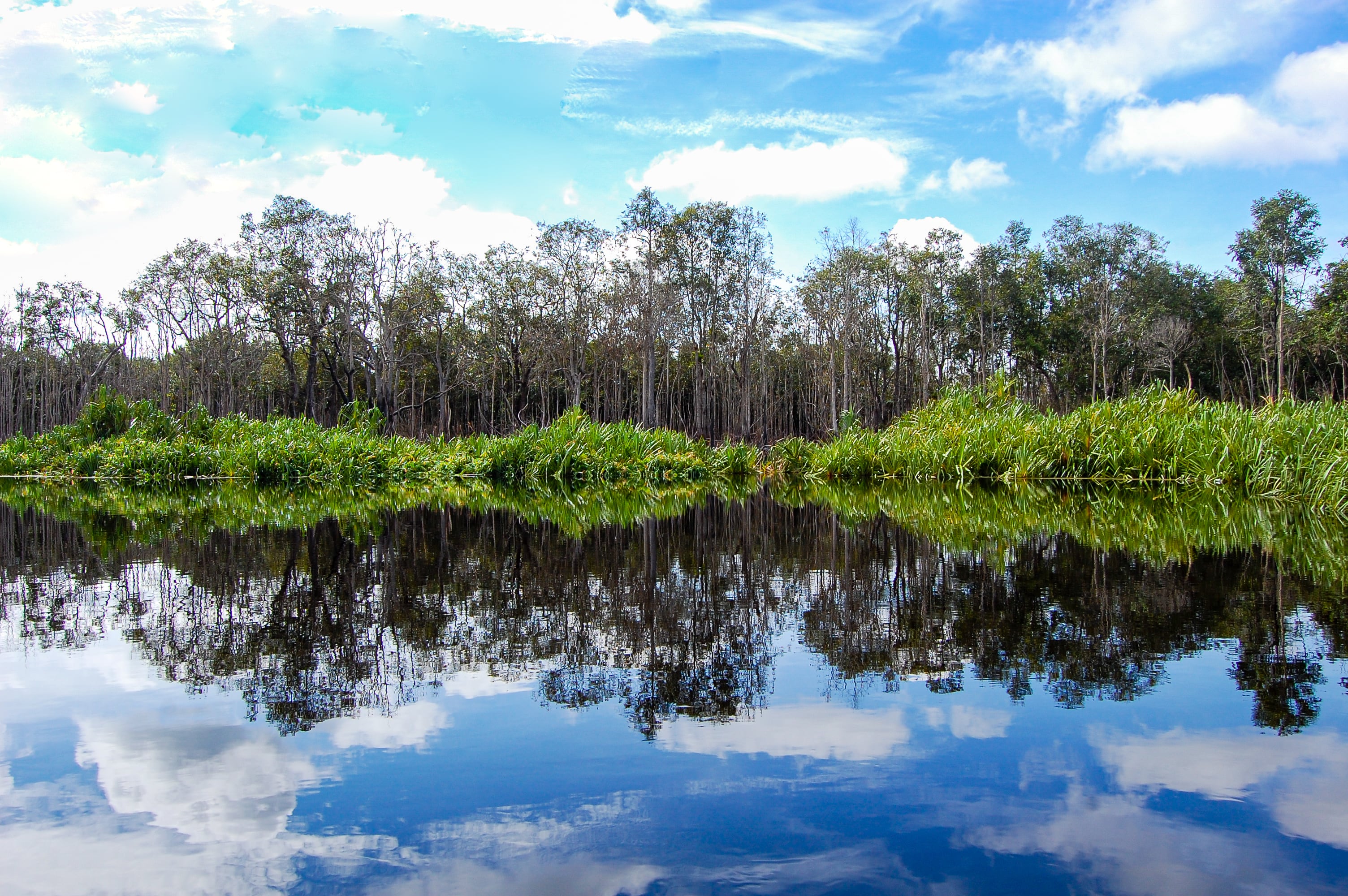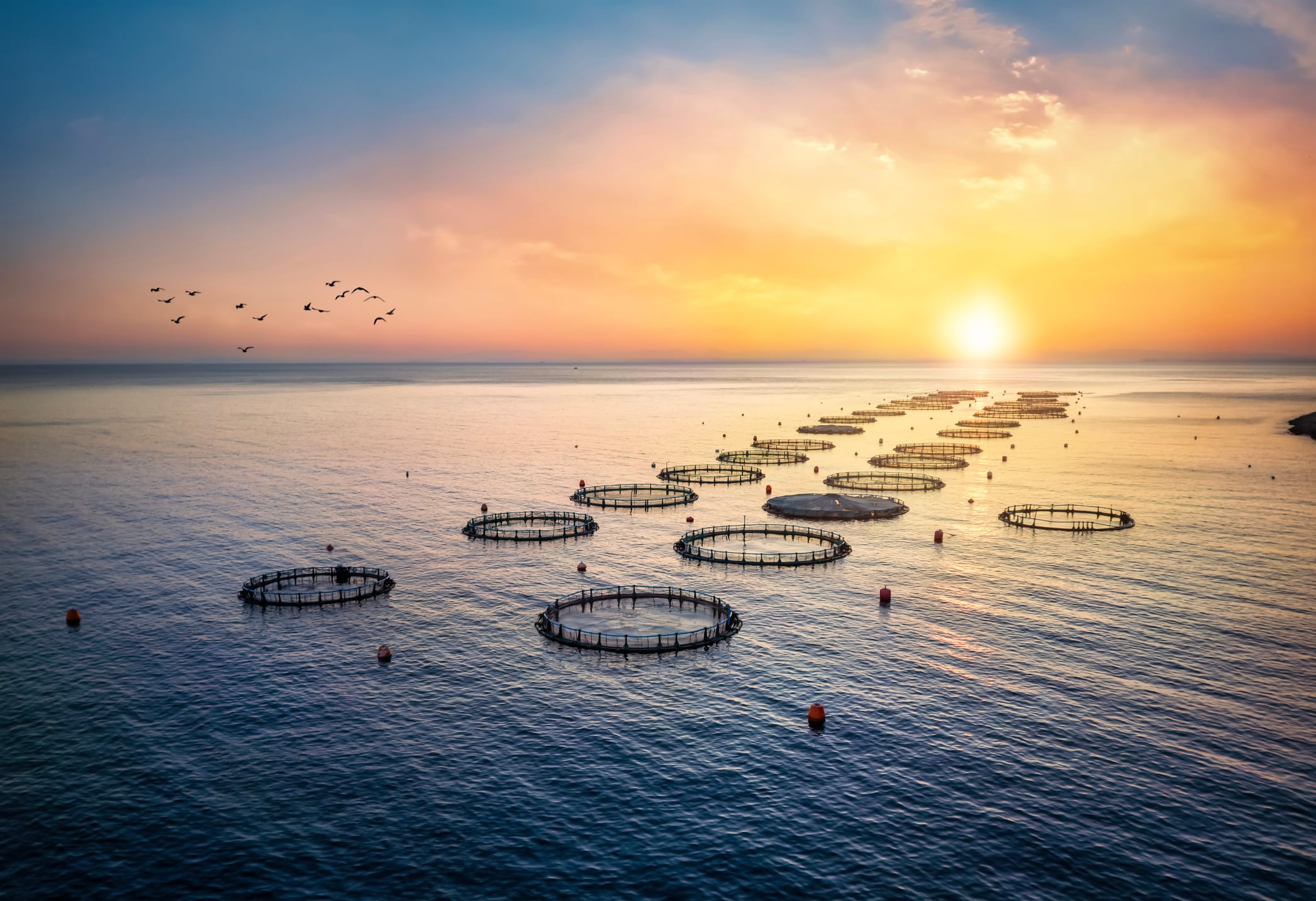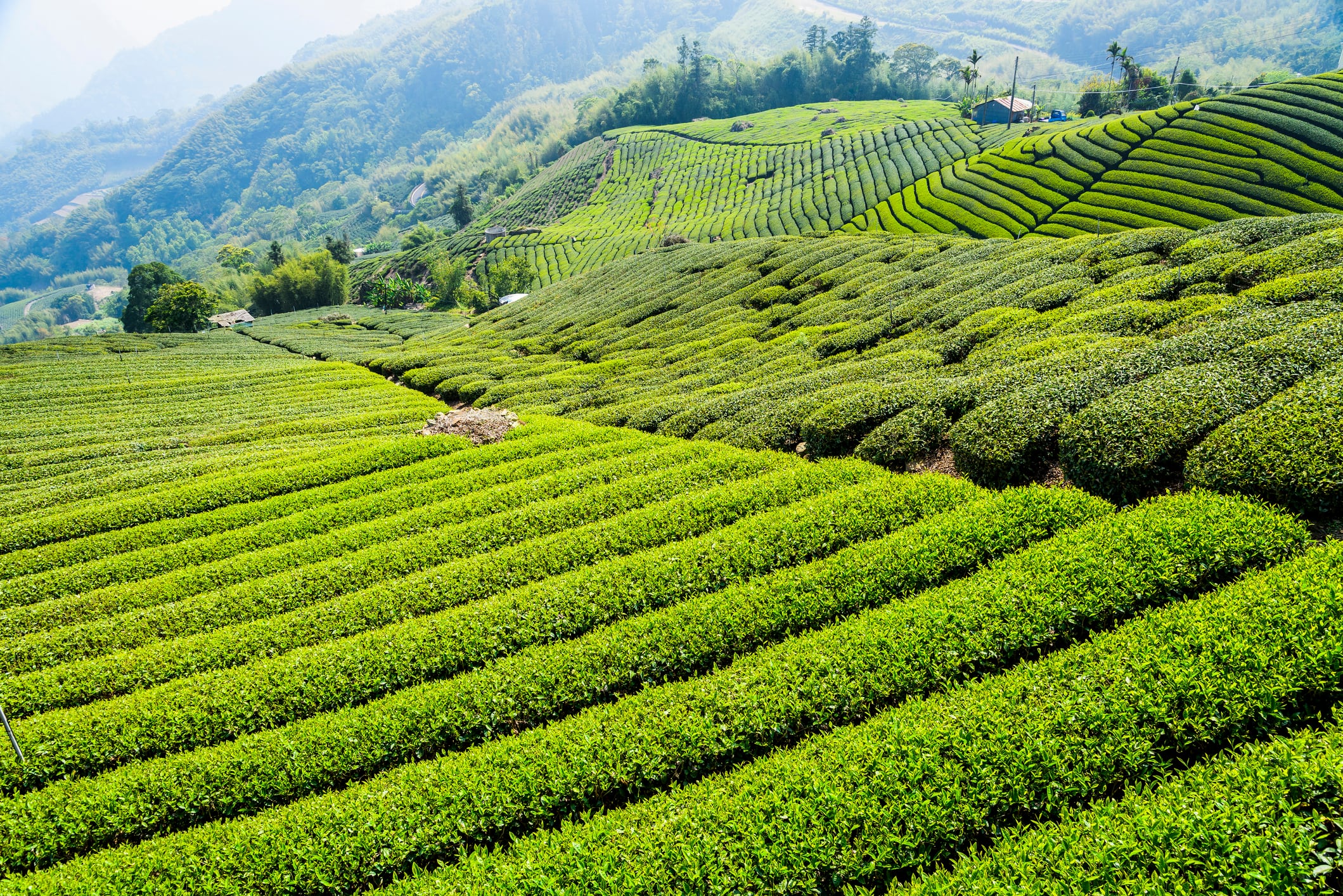Kalimantan is home to a third of Indonesia’s tropical peatlands, which accounts for 30% all tropical peatlands globally.
A recently published review described its peatlands as a “sleeping giant”, sheltering around 200 species of fish.
The study was conducted by Australian fisheries consultant Dr Kirsty Nash in collaboration with Dr Arif Wibowo and Dr Dwi Atminarso from the Indonesian National Research and Innovation Agency (BRIN).
The work was supported by the Australian Centre for International Agricultural Research (ACIAR).
This source is vital to the survival of the local communities, who rely on peatland fisheries as source of food, income, and cultural identity.
According to the research, up to 90% of households rely on fisheries for food or income, especially among Indigenous Dayak people.
“For many communities, fisheries provide more than 50% of their animal protein and they eat dour times more fish than the global average. In other communities, a shift to fishing trade is becoming evident,” said Nash.
Up to 70% of these peatlands have been degraded due to agricultural expansion, threatening the population of fisheries.
In addition to the expansion of palm oil and acacia plantations. the study highlighted Indonesia’s Mega Rice Project, which has cleared extensive areas for rice paddies.
Major knowledge gaps
The review highlighted that researchers do not know the full extent of biodiversity, current stock levels, which species are in decline, or the precise ecological impact of peatland degradation on fish habitats.
Atminarso believes there are likely more species of fish in the peatlands, as there are variations across Kalimantan.
This have led to diverse native fish species adapted to fluctuating water quality and seasonal wet–dry cycles, alongside the presence of several introduced species.
“We know that there are about 200 different species of fish in the peatlands. But we are finding more as we get to know the ecology better. So, what we don’t know is how many more species there are, the stock levels, and the relationships that species have with the local community,” he said.
It highlighted eight key research priorities to focus on to help reverse the decline of the peatlands.
This included identifying which species are experiencing population decline and determining the stock
The review also underscored the importance of understanding what impact peatland degradation is having on the fisheries, and how that is impacting the communities that rely on them.
“What we don’t really understand is which species are in decline, what impact peatland degradation is having on the fisheries habitat, and the result on the communities that depend on them,” said Nash.
Beyond that, understand the communities that live in the peatlands will also be crucial.
“The Indigenous Dayak people are equally diverse, so understanding their needs for food, for economics and for culture, as well as the future of the fisheries in the peatlands, is necessary to gain a full picture of the whole ecology,” said Wibobo.
Source: Reviews in Fisheries Science & AquacultureThe Sleeping Giant of Kalimantan: A Review of Fish and Fisheries of the PeatlandsAuthors: Nash, K. L. et al.https://doi.org/10.1080/23308249.2025.2543806





